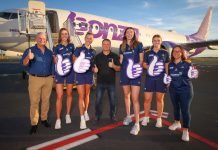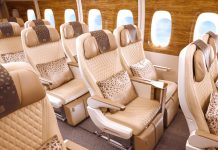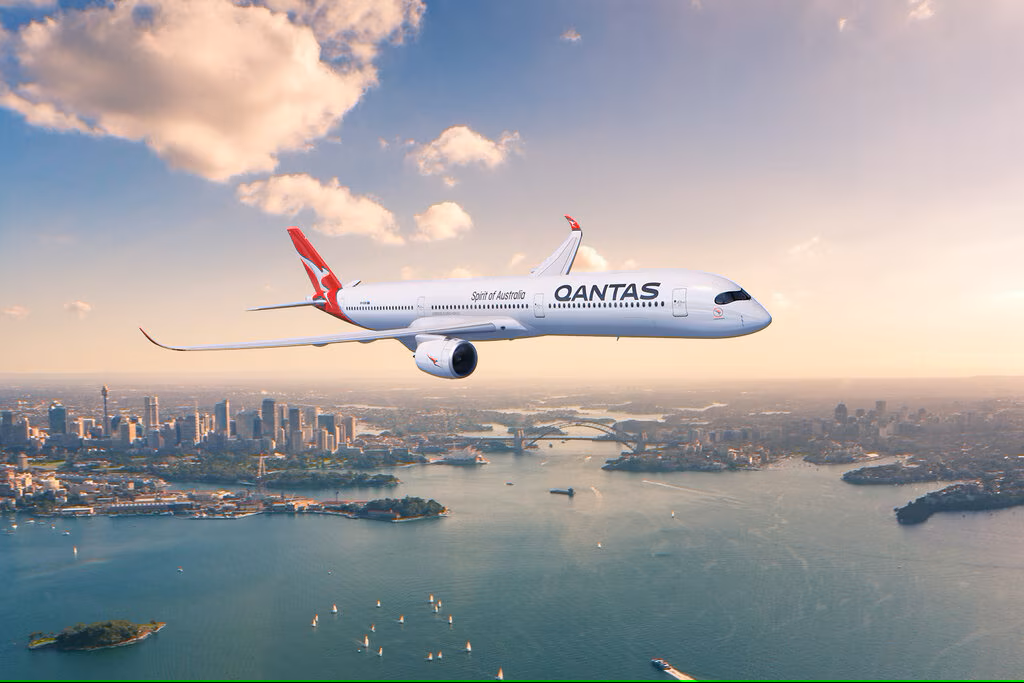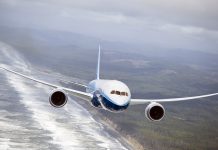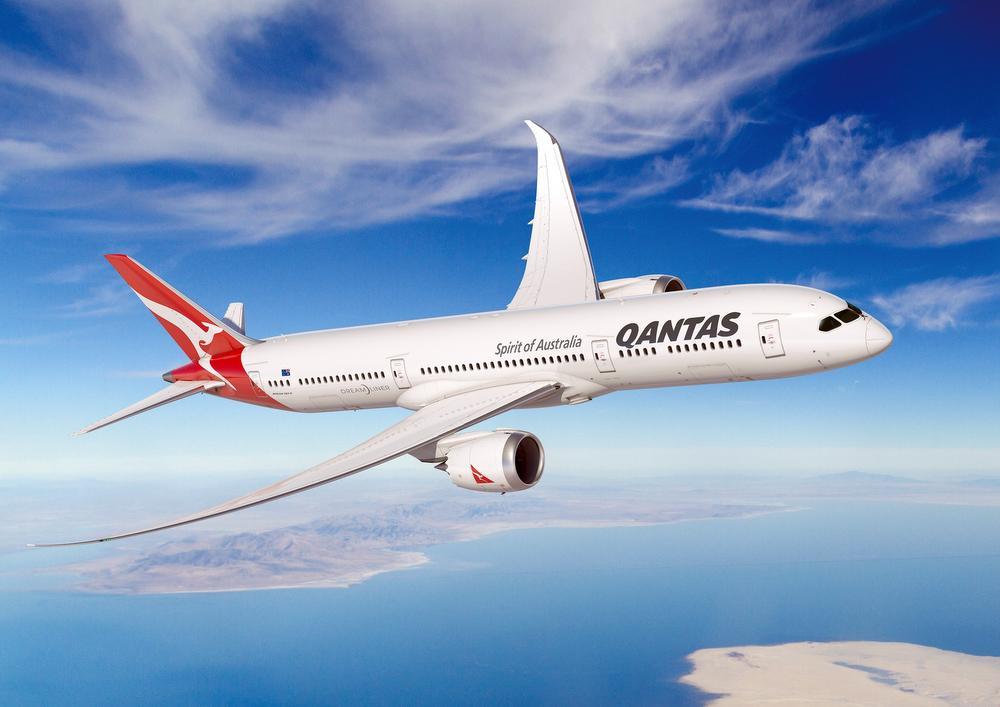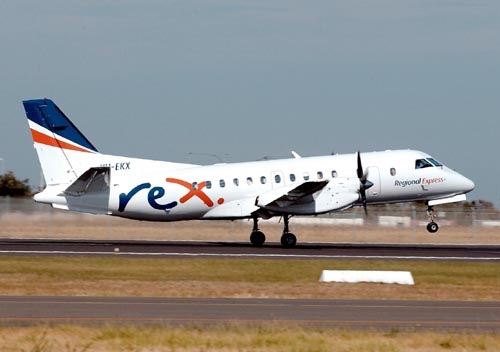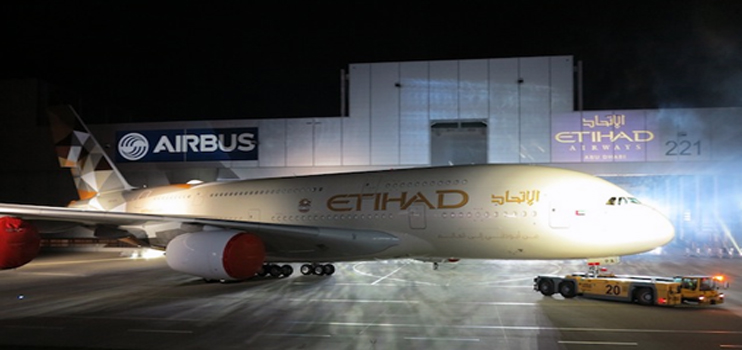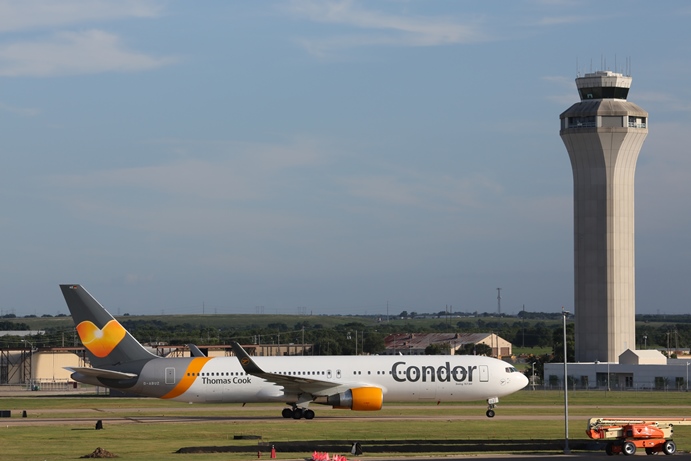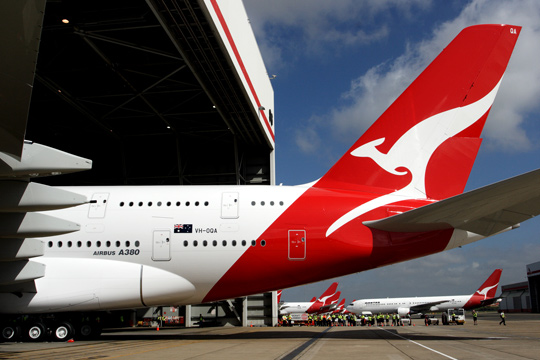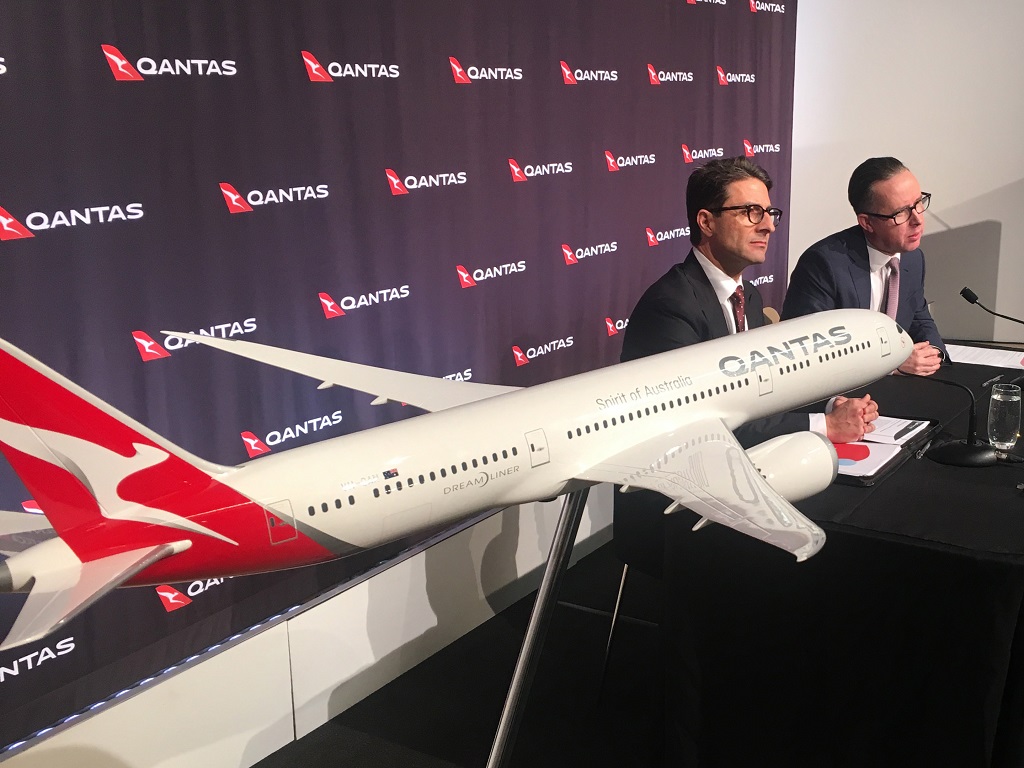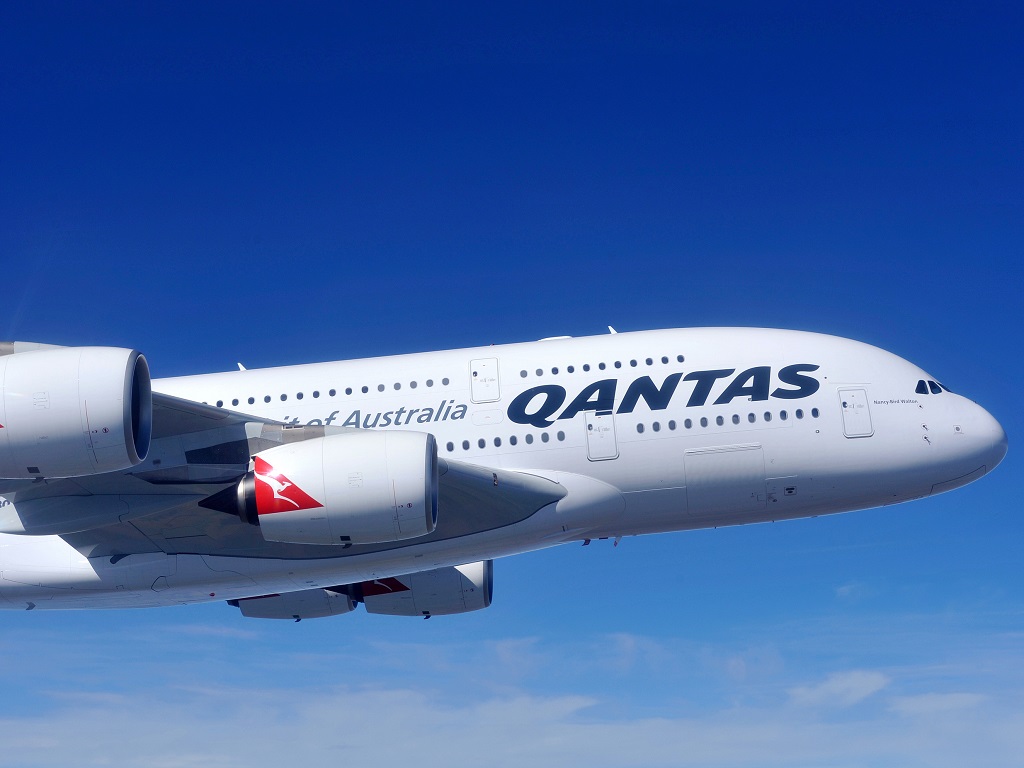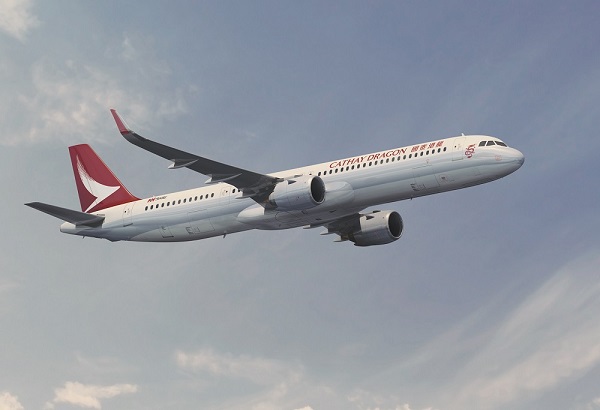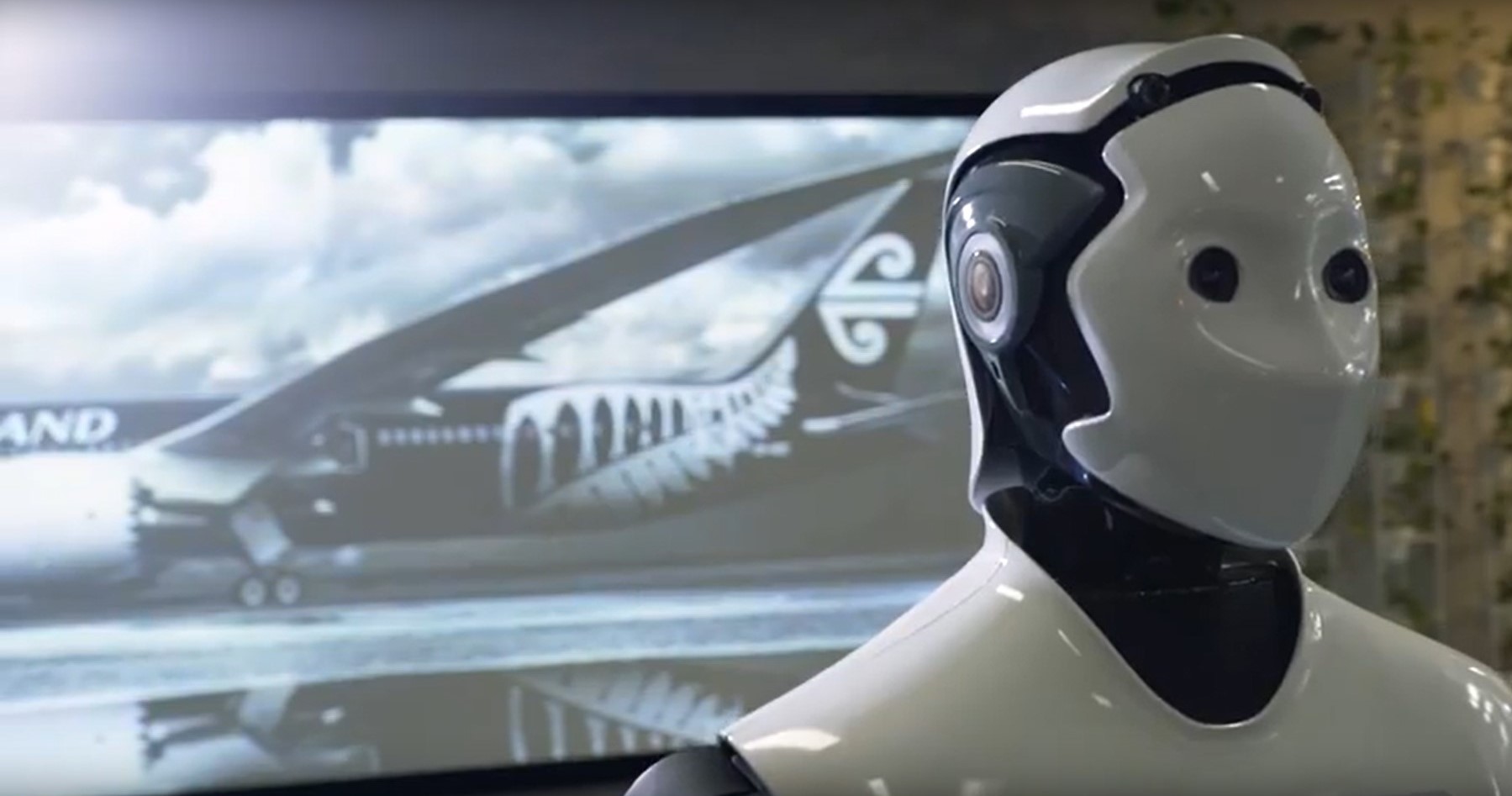Flights from Brisbane to Chicago, Seattle or Vancouver may be on the cards in the wake of a decision by Qantas to base four of its long-haul Boeing 787-9 Dreamliners in the Queensland capital.
The Australian carrier announced the decision Tuesday and said all four Brisbane-based aircraft would be in place by the end of 2018.
The decision is expected to generate 470 direct and indirect jobs and opens up the possibility of new tourism-generating routes to North America or even though its Perth hub to Europe.
The flying kangaroo is using its Melbourne-based 787s to fly to non-stop to London from March and it has indicated it may also look at other destinations such as Paris. The 787 first route will be Melbourne- Los Angeles in December.
Read: Paris tipped as next Qantas nonstop.
Brisbane is expected to get its first aircraft from mid-2018 and Qantas boss Alan Joyce said it would offer a step change in comfort and efficiency.
“Each aircraft we base in Brisbane brings new jobs,’’ Joyce said. “One hundred and twenty of our Dreamliner cabin crew and pilots will be based in the city, with many choosing to settle in the state. A further 350 indirect jobs are expected to be created as a result.”
Joyce did not reveal where the planes would fly but the announcement noted they made possible non-stop routes to Seattle, Chicago and San Francisco in the US, Vancouver in Canada and Asia.
“We’ve said that initially our Dreamliners will replace the routes that our older 747 fly but there are also new destinations we are looking at given the capability of the aircraft,’’ he said..
“A range of exciting options is on the table that will help drive tourism to the state and we look forward to making that decision in coming months.
The airline will take delivery of its first Dreamliner in mid-October and is expected to fly it initially on domestic routes such as Melbourne-Perth.
Although the planes are new to the mainline operation, the group has experience flying the type through B787-8s operated by budget offshoot Jetstar.
Queensland is the birthplace of Qantas and it operates 58 return, direct international services each week from Brisbane to Auckland, Christchurch, Queenstown, Hong Kong, Los Angeles, Noumea, Port Moresby, Singapore and Tokyo.
It has a maintenance facility in the city and has been upgrading its lounges at the city’s airport.
The agreement to establish the new base was part of a “coordinated proposal” by the Queensland Government, Brisbane Airport Corporation, Brisbane Marketing and Tourism Australia.
It comes as Brisbane Airport is building a new runway that will double capacity as it cements its position as a major Australian gateway.
Airport chief executive Julieanne Alroe described the announcement as a vote of confidence for Queensland and a significantly and timely announcement by Qantas.
“These new aircraft have a flight range of nearly 16,000 kilometres (8,500 nautical miles), opening up a new world of opportunities, securing opportunities in the tourism, trade, investment, business and education sectors for many years to come,’’ she said. .
“For Queensland travellers it will mean having access to more non-stop ultra-long haul routes direct from Brisbane in an aircraft that offers unparalleled passenger comfort, while also positioning Brisbane as the new gateway for access into North America.’’
Qantas has also challenged manufacturers Airbus and Boeing to refine their ultra-long range jets to allow it to fly from Sydney to London or New York non-stop.


